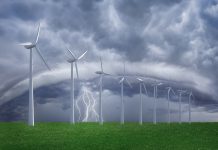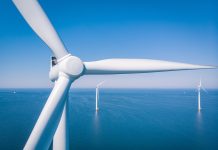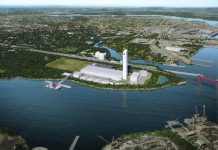Expert engineering is paramount when installing a wind turbine, especially when it comes to designing the asset’s foundation.
With its long history of geotechnical engineering and environmental review, Barr Engineering Co. has evolved to assume a leadership position in the world of wind energy.
“Our wind team has taken on thousands of projects across North America and around the world,” said Nick Palatiello, power market lead for Barr. “We’ve designed foundations for nearly half the installed onshore megawatts of wind in North America and have assisted with environmental review and permitting at numerous sites.”
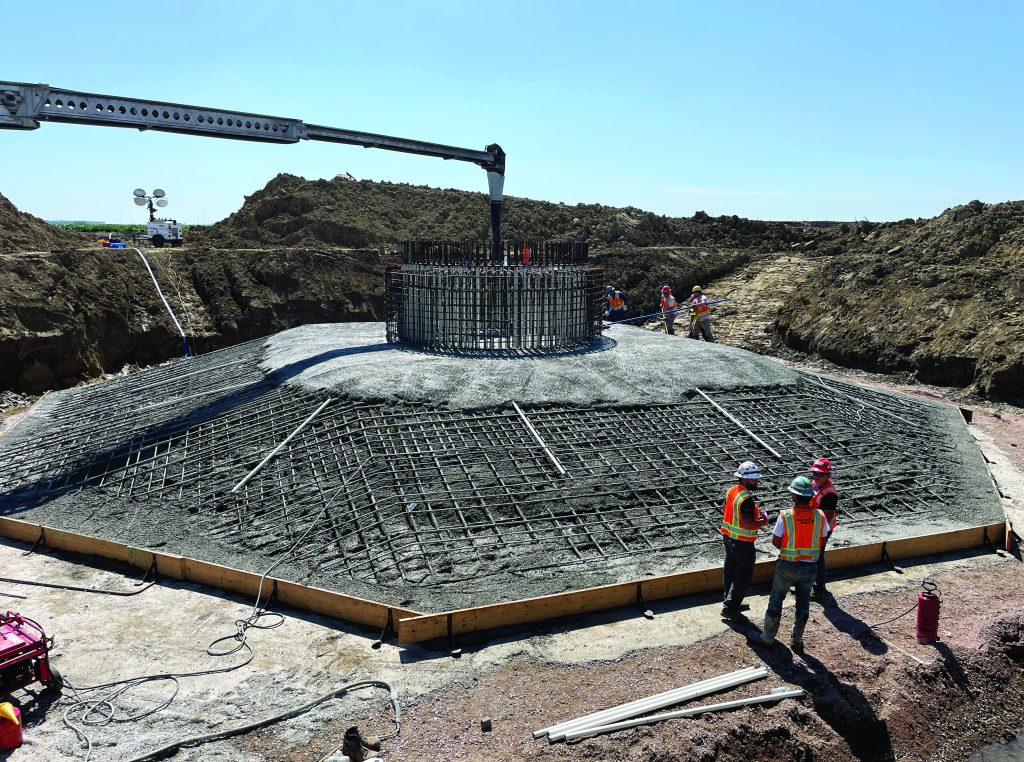
Moving into Wind
And that means Barr has been a relied-on engineering company of record for much of the installed wind in North America as the company moved into turbine foundation design in the 1990s and 2000s, according to Palatiello. And as turbines begin to age out, Barr is finding additional projects in repowering older assets.
“As sites need repowering, our clients are coming back to ask us to look at structural health, to assess whether their foundations are still in good condition and can support the larger turbines and blades — everything that needs to be done to make them structurally sound for those upgrades,” he said.
There are several ways in which older foundations might be modified to support new turbines, according to Palatiello, ranging from reinforcing, repairing, or enlarging the bases to moving them to new locations.
EEC Acquisition
To continue expanding its footprint into the wind-energy and other renewables sectors, Barr recently brought on board the employees of Exponential Engineering Company (EEC) to bolster its electrical engineering capabilities, primarily those involving substations, transmission lines, interconnections, and battery storage, according to Palatiello.
“We’ve been working with EEC for a number of years, so it means continuity for our clients and our project teams,” he said. “EEC brings some unique capabilities both for owners and developers, particularly with interconnection studies and design, which is increasingly needed with projects. EEC also strengthens our ability to address both the engineering and environmental requirements and challenges for wind and solar projects. It also allows us to more confidently say that we have a fully integrated team to help from the beginning to the end of a wind project.”
More than a Geotechnical Firm
Even though in the wind arena Barr is mostly known as a structural and geotechnical firm, Palatiello stressed the company is much more than that.
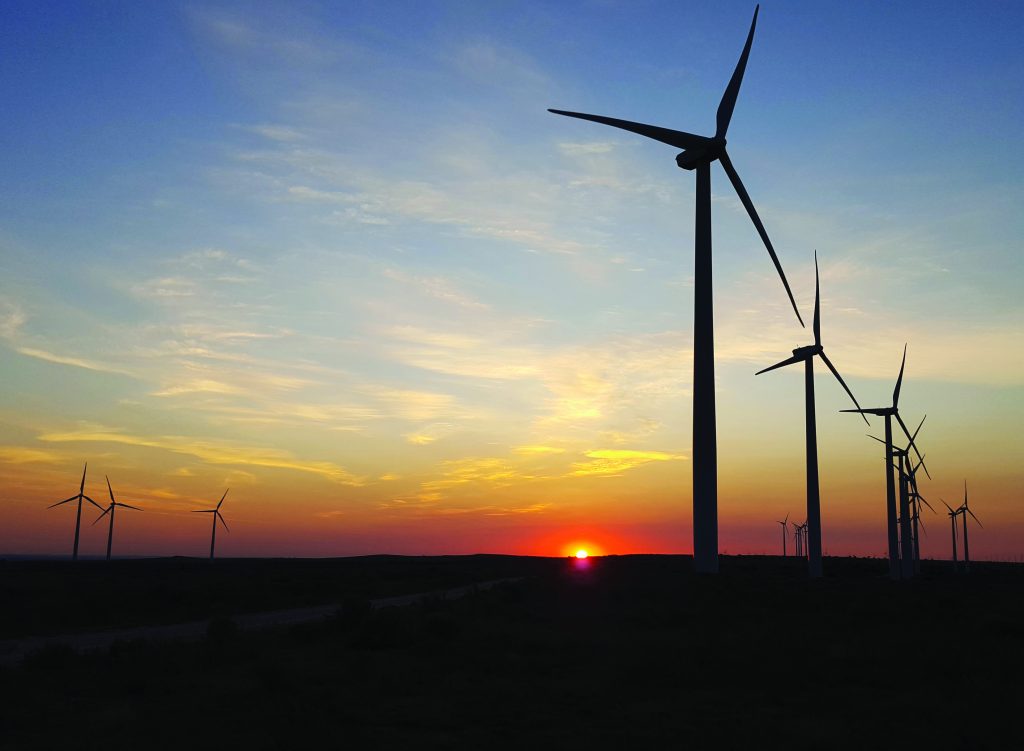
“We’ve increased our engineering and environmental capabilities; we have civil capabilities, electrical capabilities, permitting capabilities — we’re a full-service firm,” he said. “High Energy Inc. joined Barr in 2019, which expanded our electrical, structural, and civil engineering services for substations, overhead and underground transmission lines, and distribution lines. We really have been investing in that power-delivery aspect for the wind market, but we’ve also invested in site layout, site permitting, and those other disciplines I think some folks don’t know Barr provides.”
Projects that come to Barr may all have unique variables, but Palatiello said the company starts all projects the same way — in the shoes of its clients.
“We really work to understand the challenges and goals for each project and each site,” he said. “From our experience over the decades, we have a deep understanding of the challenges and opportunities presented with each project, but we also know that each of them is unique in terms of the location and the project itself. We work with our clients to understand their challenges and their goals. We also have a unique culture; we build our teams to bring in the experts to address what’s needed for the client. Really, it’s oftentimes bringing in experts to work across disciplines to deliver the right technical expertise to the client.”
Challenges Welcome
Barr thrives on complex challenges, said Palatiello.
“Our experience demonstrates this,” he said. “We’ve worked at complex site locations, including ones with faults, fractures, and karst formations, and we’ve also been helping establish turbine foundations on mountaintops and former mining sites, which are now incentivized by the Inflation Reduction Act.”
The IRA has opened up particular avenues for Barr in the repurposing of mining sites for renewable energy, according to Palatiello.
“There’s just an increase in interest in learning if there are feasible locations to be able to take advantage of those incentives,” he said.
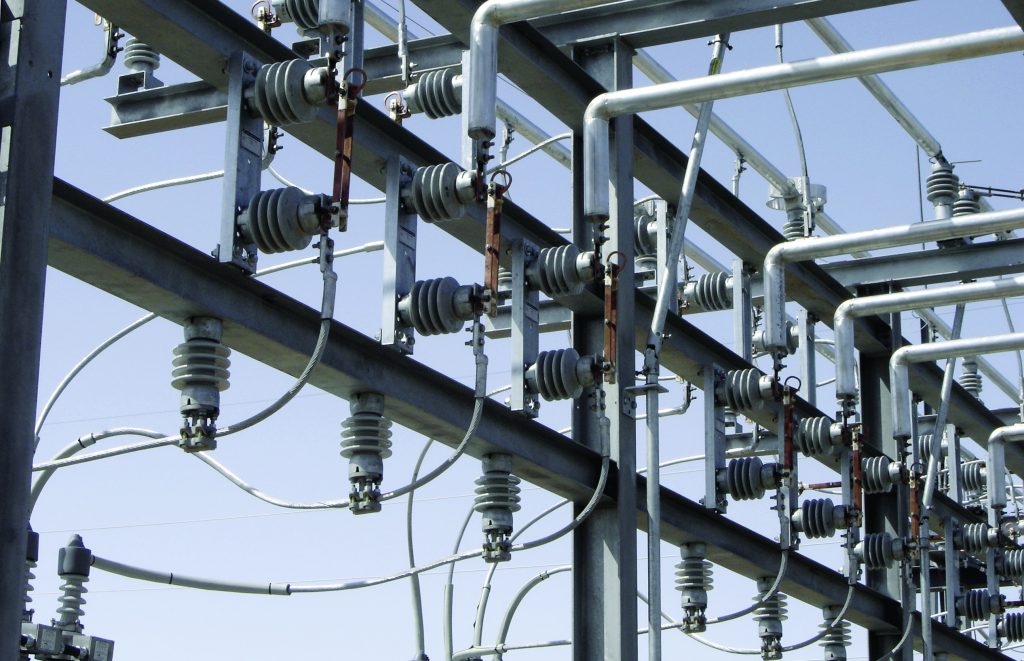
Throughout its decades-long history — Barr was founded in Minneapolis, Minnesota, in the 1960s — the company has focused on helping clients use natural resources responsibly and practically. As that relates to wind foundations, the company began providing turbine-foundation designs to M.A. Mortenson in the 1990s, according to Palatiello.
“We’ve continued to serve not only Mortenson, but much of the wind industry, since then,” he said.
Lead Foundation Designer
For all that time, Palatiello said Barr has been proud of being one of the lead designers for wind-turbine foundations in the U.S. and North America, developing long-term client relationships.
“Our clients have trusted us with their most challenging projects for many years now, and many of those clients have brought their relationship with Barr along with them as they’ve changed jobs and moved around the industry,” he said. “It’s really those long-term client relationships and the value in them that we’re most proud of.”
Palatiello expects those relationships in wind and other renewable sectors to keep growing. “We see continued large demand and growth, particularly with onshore wind, for Barr,” he said. “We see, with the Inflation Reduction Act, a little bit more stability in the wind market, and we see us continuing to support the industry moving forward. Wind is one of the foundational clean-energy generation sources. With many of the low-carbon goals of our investor-owned utilities and other utilities, wind is really going to be part of the portfolio for the next 10 years and more.”
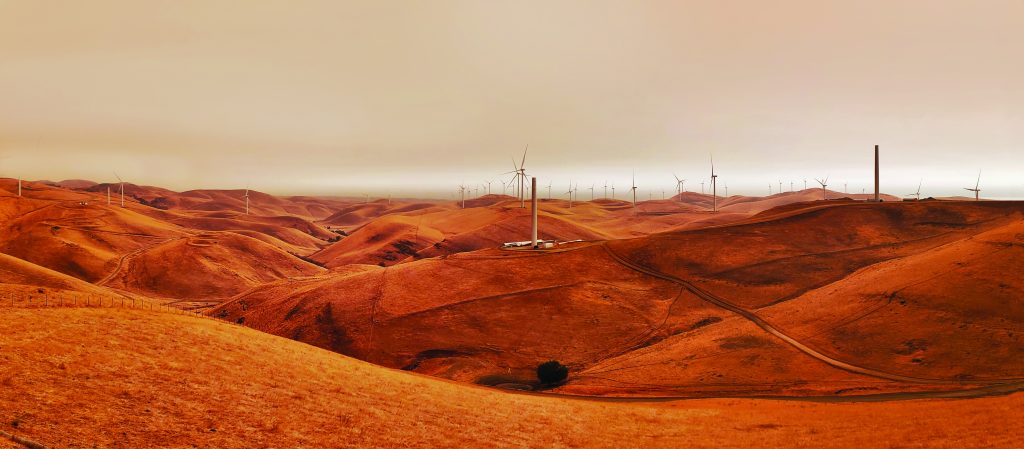
More Developments
Along with the power created directly from wind, Palatiello said Barr will also be involved in satellite developments that can go with it, such as battery storage and production of green hydrogen.
“We anticipate greater development of storage to go along with wind to help with load balancing; it’s also clear that we need and can anticipate a greater buildout of the transmission infrastructure in North America, particularly in the mid-continent region, to deliver this energy from wind,” he said.
“We also see — with both wind and solar — the bolstering of green-hydrogen developments.”
Palatiello added that Barr already is moving to take advantage of wind and solar being used for green-hydrogen production.
“We’re excited for the future,” he said. “Renewables is a great space to be in. It’s one that we’ve enjoyed serving and being in for the last several decades, and we really — as shown by bringing EEC on board — continue to believe this market is going to be really strong.
So, we are happy to be engaged, happy that we have long-term clients, and we look forward to continuing to serve them.”
More info www.barr.com
















